Our Changing World for Thursday 17 April 2008
On This Programme
The Exploring Antarctica Festival is underway in Wellington. Organized by the New Zealand Symphony Orchestra, the festival brings together a wide range of artistic, musical and scientific perspectives on the continent, in honour of the International Polar Year. Dacia Herbulock talks to a panel of participants about the issues of environmental protection and governance in Antarctica. The panelists are: Cath Wallace of Victoria University and the Environment and Conservation Organizations of NZ; Joanna Mossop of Victoria University Law School; and Neil Gilbert of Antarctica New Zealand.
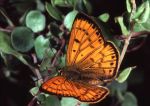 In part two of our excursion into Wellington's Otari Wilton Bush with entomologist George Gibbs, he tells Amelia Nurse what butterflies are to be found in New Zealand, where to find them, how fast they can go and why councils should leave the plant muehlenbeckia alone!
In part two of our excursion into Wellington's Otari Wilton Bush with entomologist George Gibbs, he tells Amelia Nurse what butterflies are to be found in New Zealand, where to find them, how fast they can go and why councils should leave the plant muehlenbeckia alone!
Left: Lycaena salustius (male)
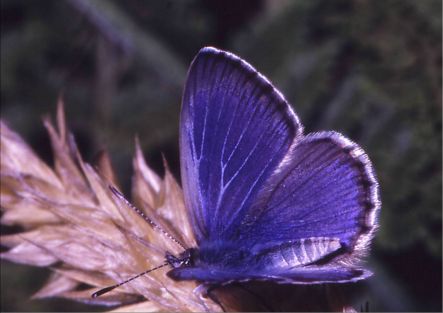
Above: Zizina labradus - Photos by George Gibbs
Last October, the Royal Society of New Zealand sent out an alert to the country's scientists proposing a merger of seven of the country's leading scientific journals. The resulting flagship journal would be published monthly, available free of charge on the internet, and scientists would no longer have to contribute to the cost of publishing their papers. Jeremy Rose talks to Bob McDowell, head of the consultative committee considering the proposal, and proposal critic, Ashley Rowden about the implications of what looks like the biggest shake up in scientific publishing in at least four decades.
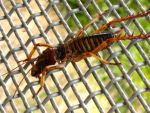 Karori Wildlife Sanctuary is undertaking the first transfer of Cook Strait giant weta (Deinacrida rugosa) back to a mainland site since they became extinct there over a century ago. This herbivorous insect takes its name from the Maori word wetapunga which translates roughly to "God of ugly things". They can grow up to 70mm long and at weights of up to 27g, they're one of the world's heaviest insects. Some of the animals released have been fitted with radio transmitters to monitor their activities and Amelia Nurse joined Raewyn Empson and Matu Booth for part of their daily tracking routine.
Karori Wildlife Sanctuary is undertaking the first transfer of Cook Strait giant weta (Deinacrida rugosa) back to a mainland site since they became extinct there over a century ago. This herbivorous insect takes its name from the Maori word wetapunga which translates roughly to "God of ugly things". They can grow up to 70mm long and at weights of up to 27g, they're one of the world's heaviest insects. Some of the animals released have been fitted with radio transmitters to monitor their activities and Amelia Nurse joined Raewyn Empson and Matu Booth for part of their daily tracking routine.
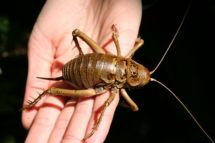
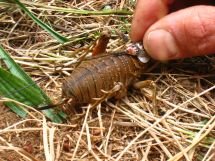
Giant Cook Strait Weta. (Photos above and below by Tom Lynch)
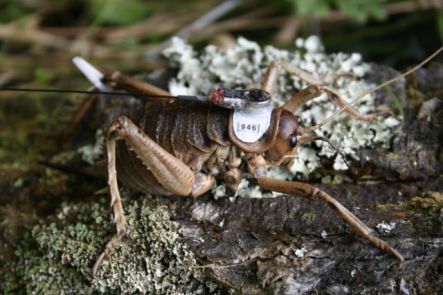
Giant Cook Strait Weta fitted with a radio transmitter.